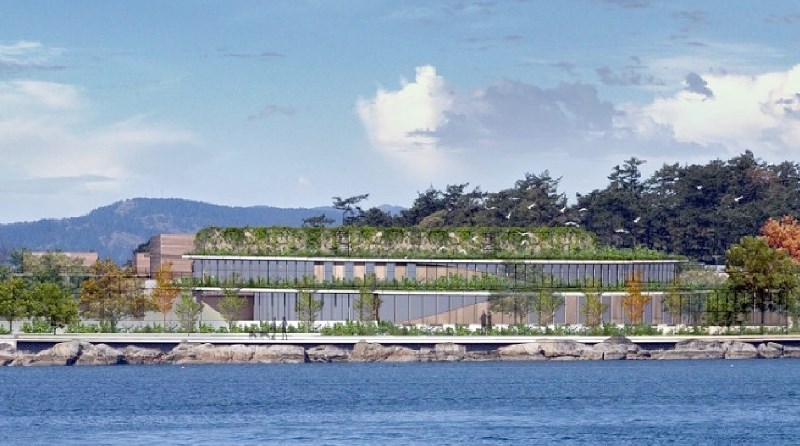Esquimalt may have kiboshed sewage treatment plans at McLoughlin Point two years ago, but that won’t likely happen this time around, a legal expert says.
Administrative lawyer John Alexander said as long as the plan abides by zoning regulations, council won’t have much power to turn it down.
The Capital Regional District’s project board released a final report Wednesday recommending a single wastewater treatment plant at McLoughlin Point, to be completed by 2020. Unlike earlier proposals for McLoughlin Point, the plant’s footprint would be small enough to fit current zoning. It also involves tertiary treatment, setbacks and other adjustments that Esquimalt Mayor Barb Desjardins has hailed as victories for the municipality.
The CRD board will vote on the plan next week, to meet a Sept. 30 deadline for federal and provincial funding.
Then Esquimalt must issue development and building permits for the plan to move forward.
Development permit guidelines are determined in the municipality’s official community plan and typically deal with matters such as landscaping and parking. If a landowner such as the CRD fails to meet those guidelines, it has an opportunity to adjust its plans. But as long as it meets those guidelines, the municipality must issue a permit, regardless of the project’s popularity, Alexander said.
“The municipality does not have carte blanche; it’s not like zoning,” he said. “You can’t use the development permit power to refuse to approve something you don’t like.”
Alexander also said the municipality is no longer in a position to bargain for amenities or tax breaks beyond what’s offered, since it won’t have zoning approval as a bargaining chip.
“[Two years ago], they were entitled to say, we won’t give you a variance unless there’s something better here in the public interest. Now that we’re going to development permits, council is not in a position to bargain,” Alexander said.
While disappointed that McLoughlin has been chosen as the sole site for regional sewage treatment, Desjardins said the plan meets many of the concerns raised over the last plan.
“I think this new business case has shown that the work Esquimalt did before has paid off,” she said.
She pointed to an allowance of $5 million included in the project budget to pay for further changes to the design or landscaping that may arise during the permit process.
The plan also includes amenities valued at $20 million, including an annual payment to Esquimalt of $55,000. Neighbourhood amenities include a walkway, green roof, road improvements and recreational area. Upgrades at the Macaulay Point pump station and a commitment to barge construction materials to Rock Bay are also part of the plan.
Esquimalt taxpayers will pay an average annual rate of $258 per household for the project.
“Throughout the report and their recommendations, they’ve tried to meet many of those guiding principles, including tertiary treatment. … There’s a whole recommendation that the CRD develop a process around how it will work with host communities,” Desjardins said.
“Certainly as chair of the CRD, I will advocate that there will be considerable work done, in terms of sitting down with the community, staff and council.”
Desjardins said she expects feedback from residents at Esquimalt’s Monday night council meeting.
Esquimalt Coun. Susan Low said she has received mixed responses from residents on the plan. “Some people feel that the site considerations have been addressed; others are frustrated with the project as a whole.”
She said she’s personally disappointed in the recommendation of a single site, a pipeline to Hartland Landfill and a form of tertiary treatment that doesn’t appear to adequately address chemicals.
“We’re not actually hearing anything new,” Low said.
“I feel like the whole region has been railroaded to this point. Now, the conversation has turned to, ‘let’s just get it built,’ which is an abdication of good decision-making.”



